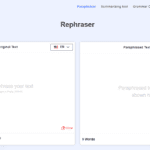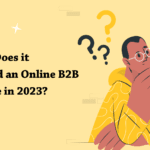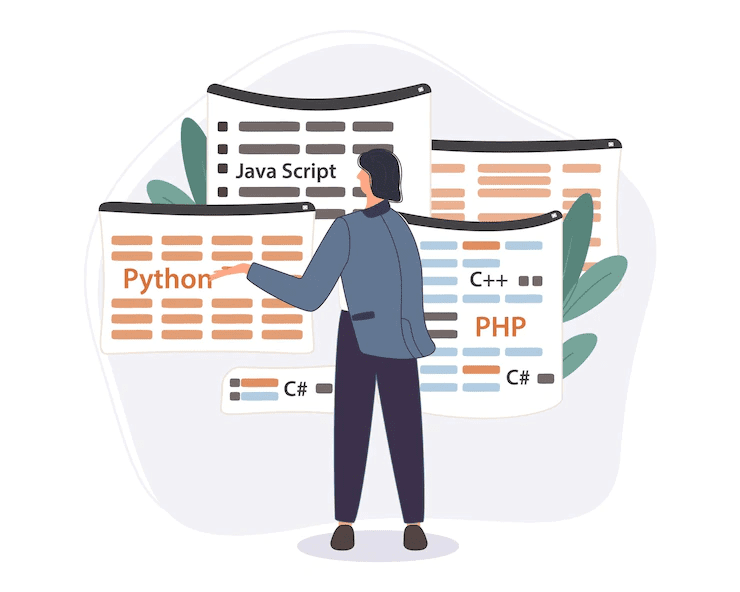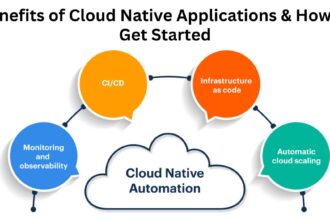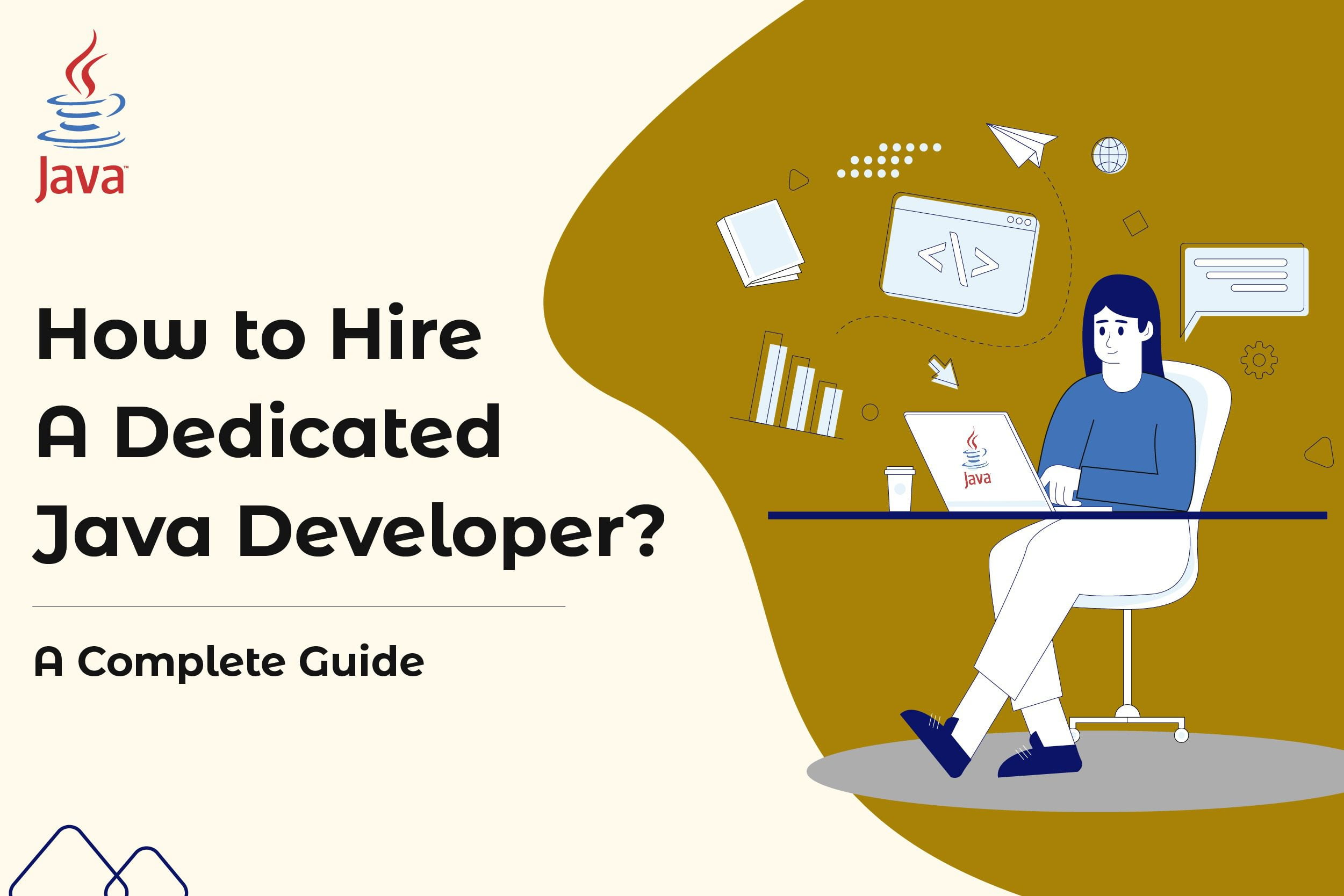
Are we evolving at the same rate as our environment? Will the local focus be postponed? Many entrepreneurs around the world wonder the same thing. The reason for this is that cloud computing has recently become extremely popular. Cisco’s annual Internet report states that 75% of all cloud workloads and computer instances will be SaaS by 2022.
Then comes a query: how to build a SaaS app? So, you’re about to find out what SaaS technology is, the steps to build a SaaS product, and why it’s important for running and growing businesses.
What is a SaaS Product?
Have you been considering what a SaaS product is? SaaS (Software as a Service) is a cloud-based solution that provides ready-to-use software to customers through a mobile app or web browser. The customer does not need to purchase the software and install it on his computer. The user does not have to maintain the software, as it is automatically updated with new features and security fixes.
With this service, customers do not need to install or configure the application, as the software provider takes care of it. There are some differences between creating a SaaS product and other traditional products. When a SaaS product is released, a SaaS product development company works continuously. It is necessary to update the services periodically to get more users and lead the competition. Companies like Amazon and Salesforce have development teams dedicated to keeping the solution up to date.
Types of SaaS Applications
Based on the industry SaaS applications are built for, they can also be categorized into the following types:
- Enterprise Resource Planning (ERP): An ERP system delivered according to the software-as-a-service business model allows companies to pay as they go, tailoring the necessary features of the ERP system to current business needs.
- Billing and Accounting: SaaS billing and accounting applications are generally not suited to the business industry. Instead, they come with flexible subscription packages so that each business can choose the right one based on its size, number of employees, customers, and partners.
- Customer Relationship Management (CRM): CRM systems, such as Salesforce, are used to manage customer data and operations and are suitable for e-commerce businesses in the B2B and B2C segments.
- Communication Tools: Slack is one of the most popular communication tools built on the SaaS business model. Allows you to choose a subscription plan based on team size and switch to a more advanced one in response to team scale.
Let’s proceed to know why to build a SaaS app and what are the 7 easy steps to build a SaaS app.
Why Now is the Time to Build a SaaS App?
If you have been surfing the web, what is SaaS application development and why is it becoming popular? In that case, you should know that SaaS application development is becoming more popular due to many factors, such as the Internet being a globally accessible medium, with mobile devices providing an additional access channel. Also, the concept of B2C SaaS applications and B2B SaaS applications are very recent solutions.
Many benefits can be gained from application development using SaaS. For example, the flexibility of SaaS applications can provide businesses with a wealth of options that can be used to improve their operations by providing new features.
Why You Should Build a SaaS App?
Below are the cutting-edge benefits that make SaaS product development a promising business idea in 2023 and beyond.
- Predictable Sales: With software as a service for external use, your sales volume and profits become more predictable as users subscribe month to month or pay an annual subscription in one installment.
- Win-win Pricing for Both User and Developers: Most SaaS companies offer a wide range of pricing plans, so you can start small and scale as your business grows. The main task is to fine-tune the feature set to the subscription plan, based on the user’s needs, and to set a reasonable price for a specific market.
- Higher Performance: With traditional software development, there are often performance bottlenecks due to slow response times or delays when accessing data from remote servers. But with SaaS applications, everything happens on a central server, so there are never any communication delays between users and the system itself.
- Development Flexibility: With SaaS applications, you can easily adapt your system to meet changing requirements. You have to wait for the developer to release an update with traditional software, which can take months. With SaaS, fine-tuning becomes easier as the development process runs in the cloud. To create such a solution, you do not need to acquire additional hardware for the same reason. Users, in turn, can consult it from anywhere with an Internet connection.
How to Build a SaaS App?
Here, we are going to mention the step-by-step process of building a SaaS app. Let’s take a quick look:
Step 1: Market Research and Planning
Proper planning is the foundation for building a SaaS application. The success of a SaaS application depends not only on the use of the right technologies, but also on thorough market research, target audience study, goal definition of your application, and analysis of key features. This is the first thing to do when planning SaaS application development.
While planning is often the responsibility of one stakeholder, you can also ask your development partner for help. An experienced IT company will offer you business analysis services to investigate your case and provide you with the best solutions to enter and develop in the desired market.
Step 2: Define Your Revenue Strategy
How accurately will your SaaS solution be used to make money? Before starting a comprehensive software development project, it is essential to answer this question.
This is an important step in building SaaS applications, as it will determine the structure of your software, which cannot easily be left unfinished, so give it some thought.
Advertising, freemium, and subscription models are the most widespread ways to generate income. Consider introducing transaction and/or sale fees if you are setting up a cloud-based marketplace.
Step 3: Get The Cloud Infrastructure
You need to select the right cloud infrastructure company to serve multiple users while protecting your data. For established and reputable providers capable of maintaining the highest encryption practices and data center security.
The cloud service provider will choose to provide a highly scalable, reliable, and high-performance cloud infrastructure that is capable of supporting third parties.
Step 4: Get on the MVP
This is not yet a comprehensive cloud-based solution. A trial version of the application with only the basic feature set is the Minimum Viable Product. However, you will need to decide what features to include in your MVP.
Implement the most powerful features and at the same time be the most economical financially. At this point, your goal is to persuade your investors.
Step 5: Testing and Executing the Required Changes
Collect feedback after launching an MVP. The best way to do this is to directly ask users what their likes or dislikes are about your product.
It will be relatively easy and less labor-intensive to make changes to an application’s feature set or architecture at this point. Later, they can become early adopters of the app as a target group to test their proof of concept.
Step 6: Start The Final Development
This is the stage where you start coding with your development team using your selected frameworks, language, and toolsets. The application of agile methodologies such as Kanban, Scrum or Extreme Programming will simplify and speed up the development, respecting the specification and quality assurance guidelines.
Current best practices call for the integration of QA testing into all phases of software development. Stay in touch with your team during the implementation of your SaaS application idea. Your goal is to constantly check if you stay on the same page and follow the product specifications correctly.
Step 7: Post-Launch Maintenance and Support
Post-launch maintenance and support are an integral part of SaaS app development. Helps find and resolve bottlenecks once the product goes live. One of the reasons why people choose a SaaS app development services provider is because they have a specialized team to fix bugs and crashes instantly.
Final Thoughts
Cloud applications aren’t the solution for every business case, but the SaaS model has grown rapidly in popularity due to the benefits it offers both consumers and application developers. If you decide to build a SaaS app, you need to prepare for a seven-step development journey to go to market with a high-quality SaaS product.



